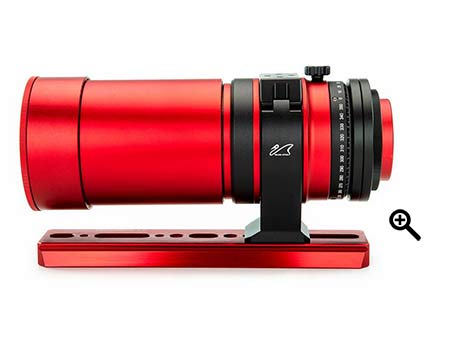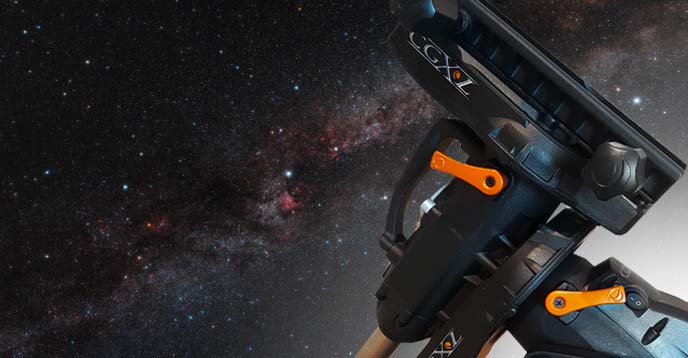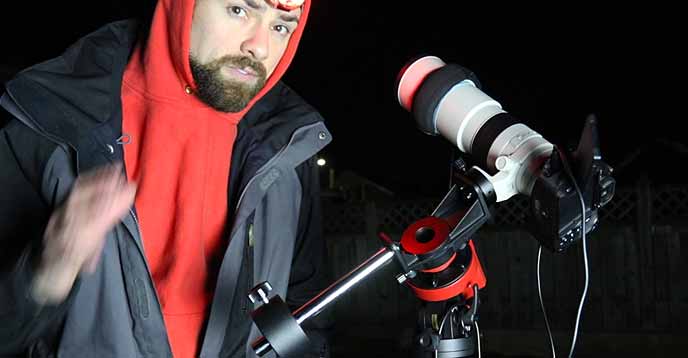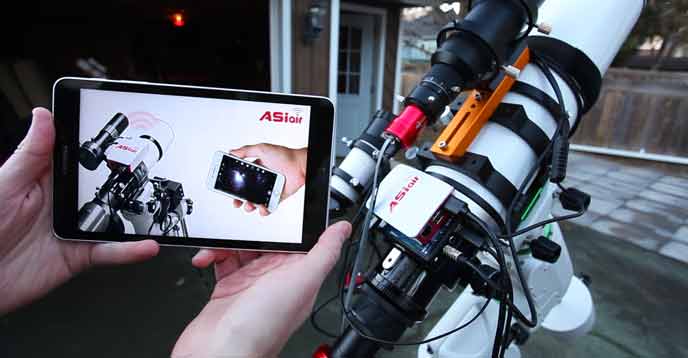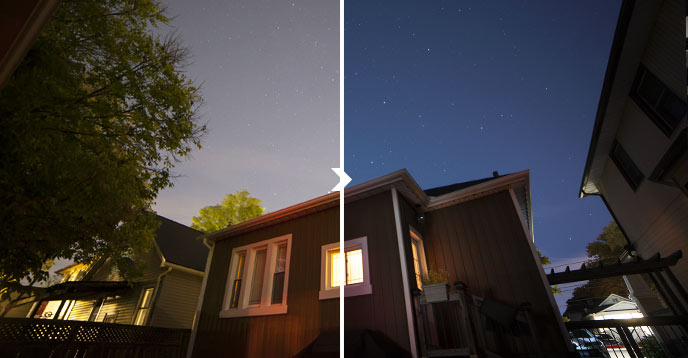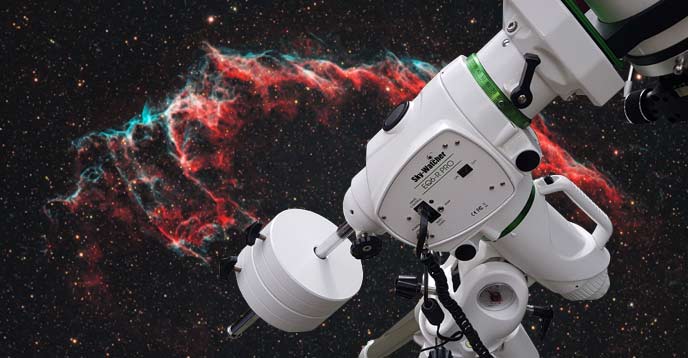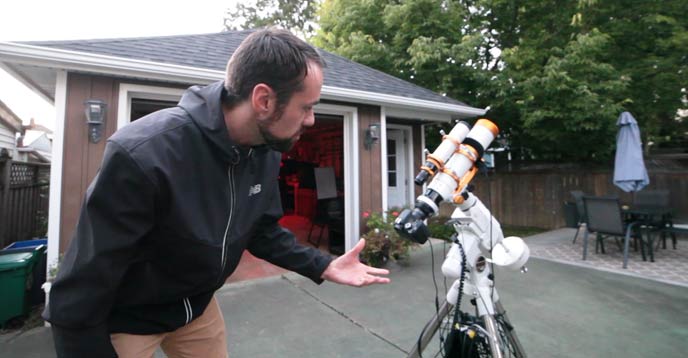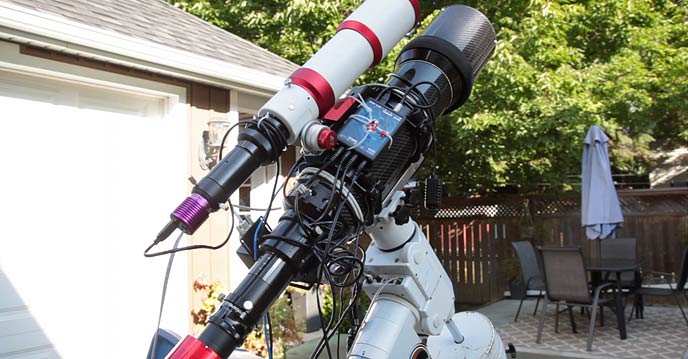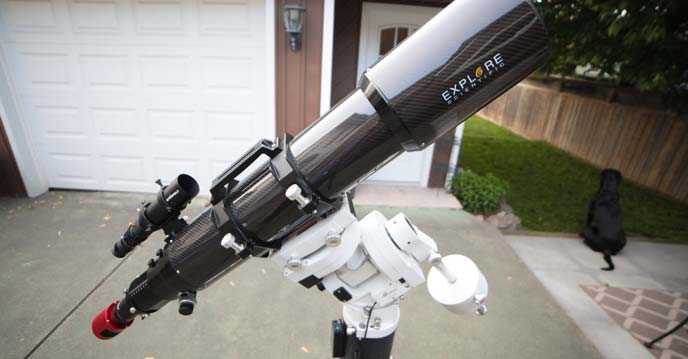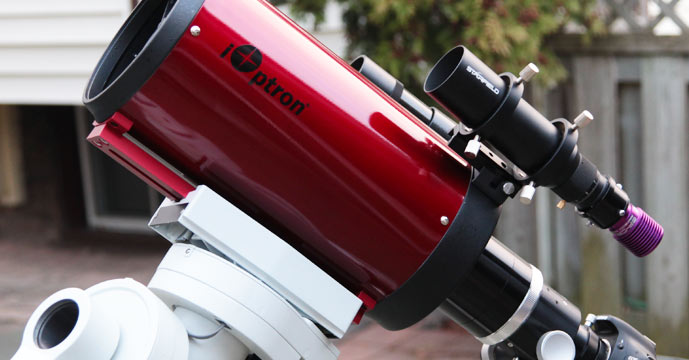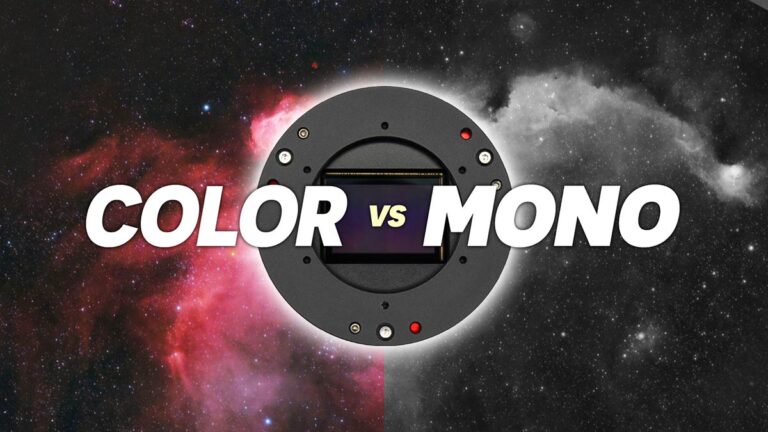Celestron CGX-L Telescope Mount – First Look
The Celestron CGX-L is a robust, professional-grade computerized equatorial mount with an impressive 75-lb payload capacity. The deep sky astrophotography potential of the Celestron CGX-L is obvious, and I intend to experience this benefit first-hand. The CGX-L is the largest equatorial telescope mount I have ever used for astrophotography, with payload capacity that surpasses the…
